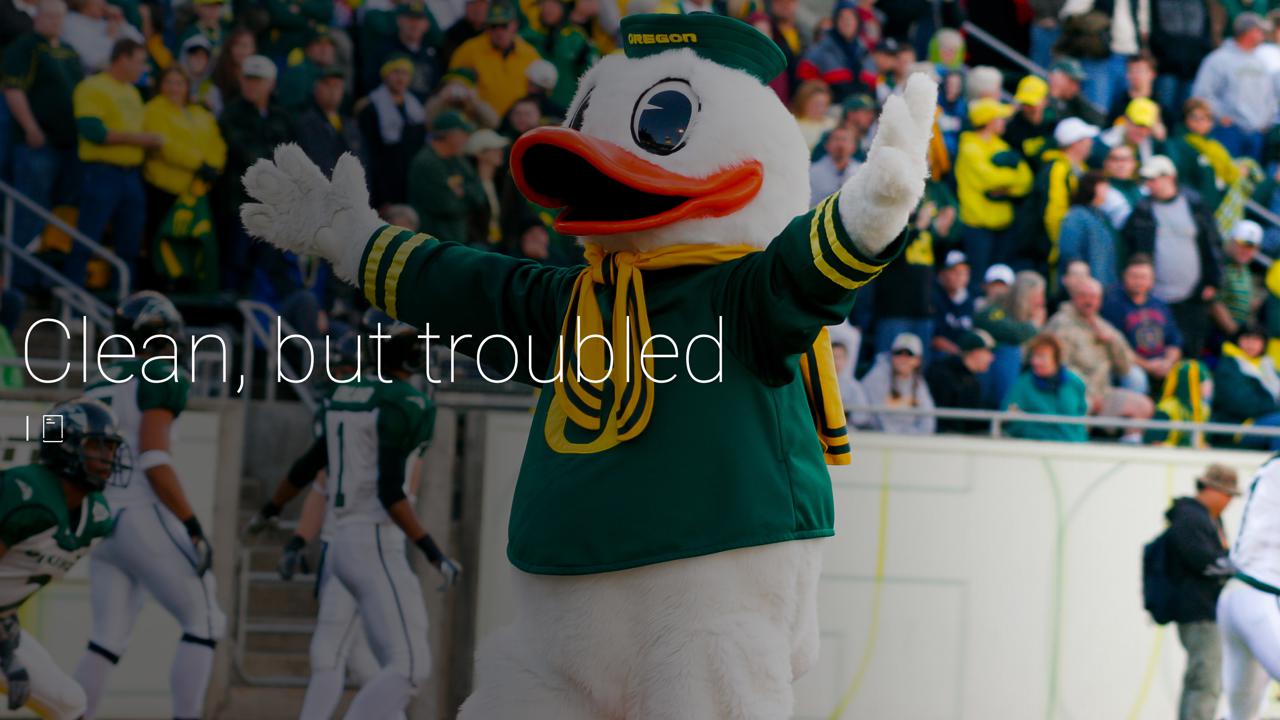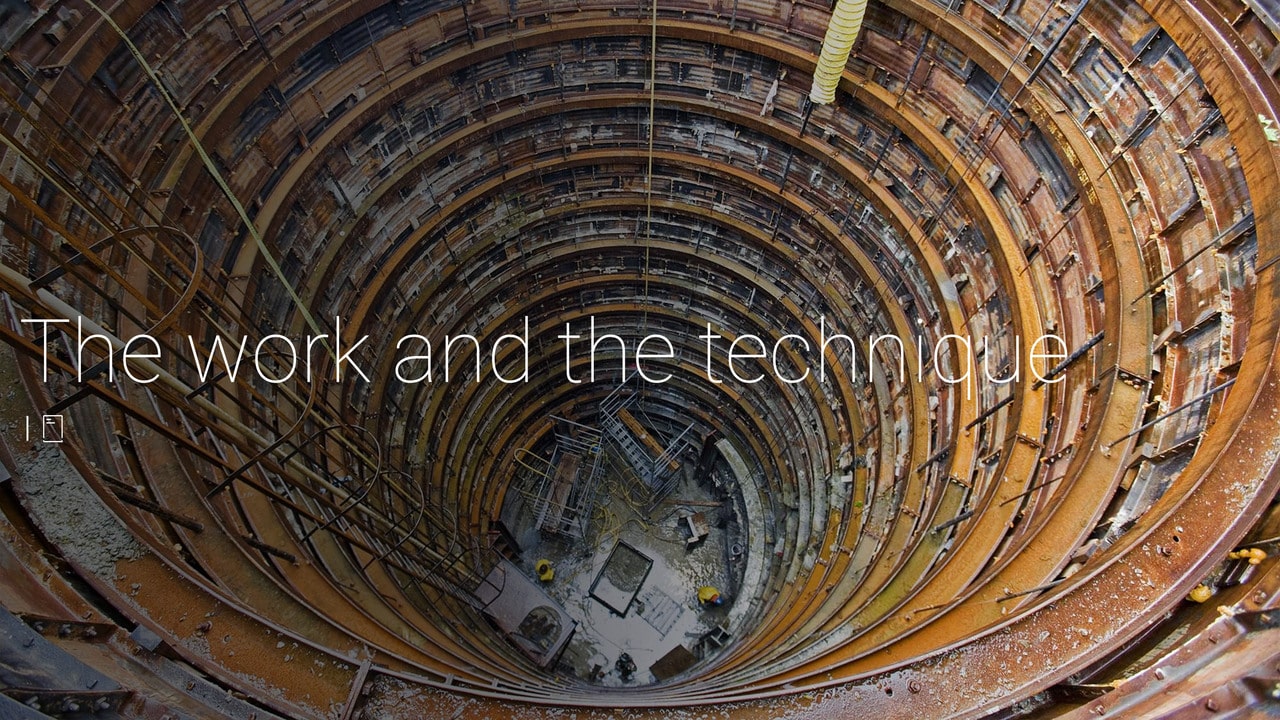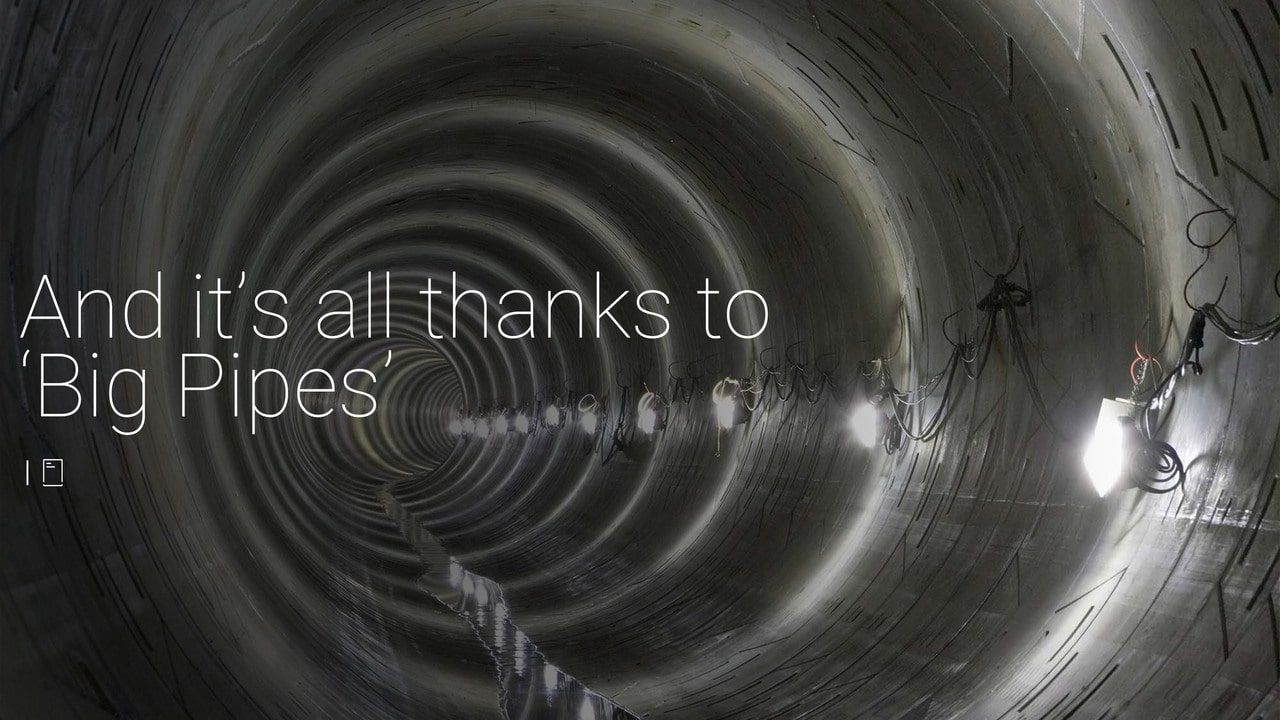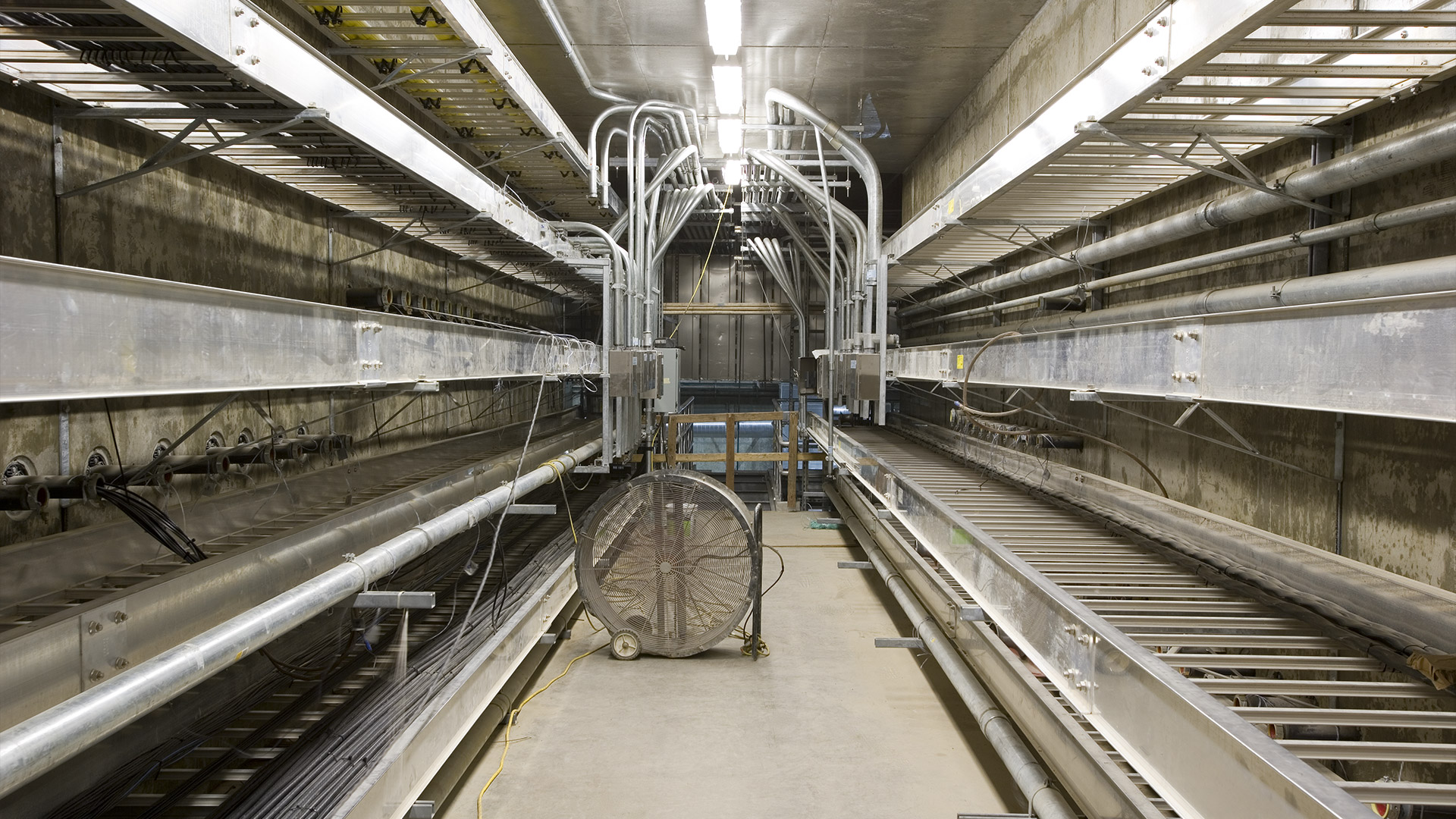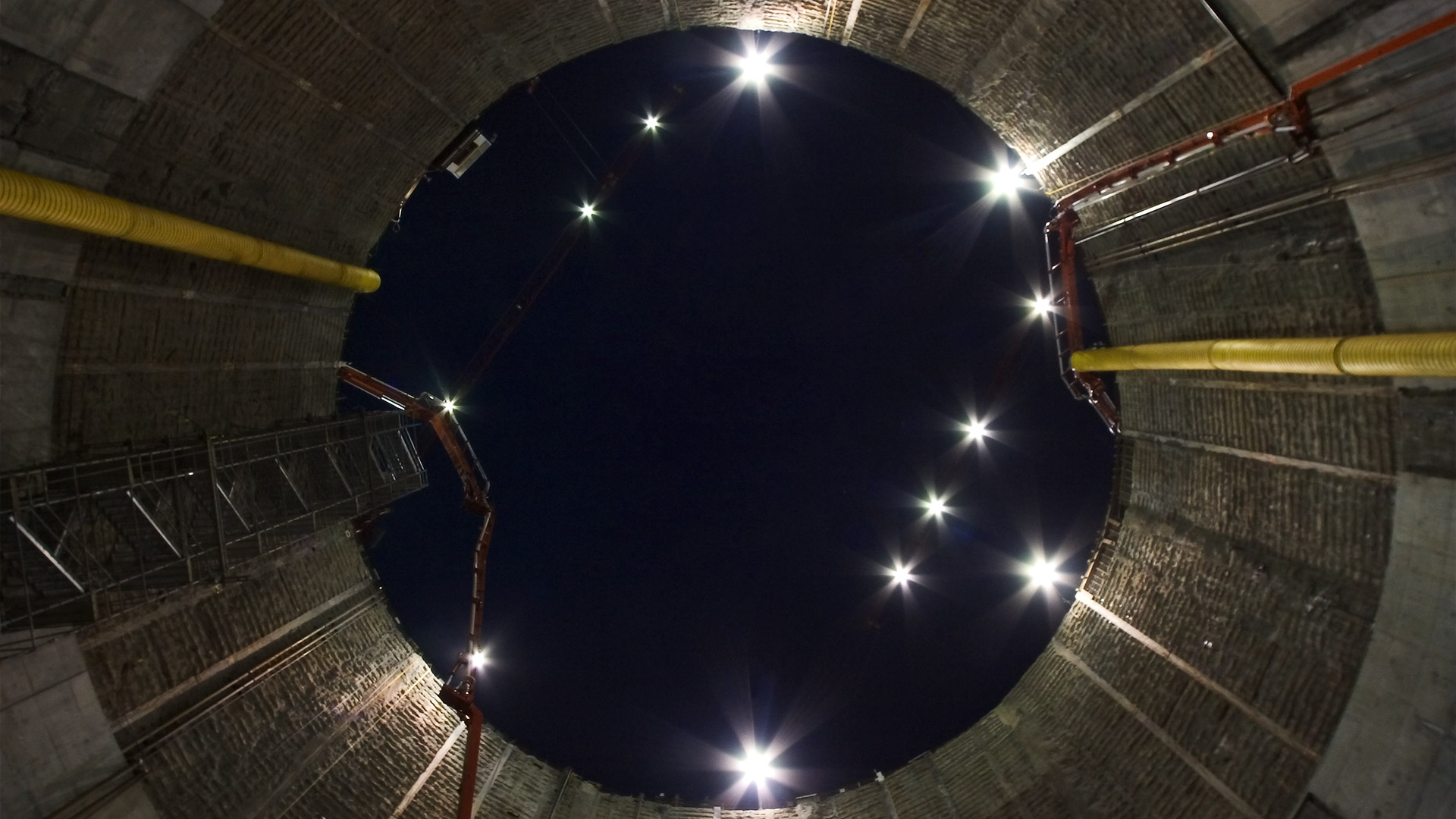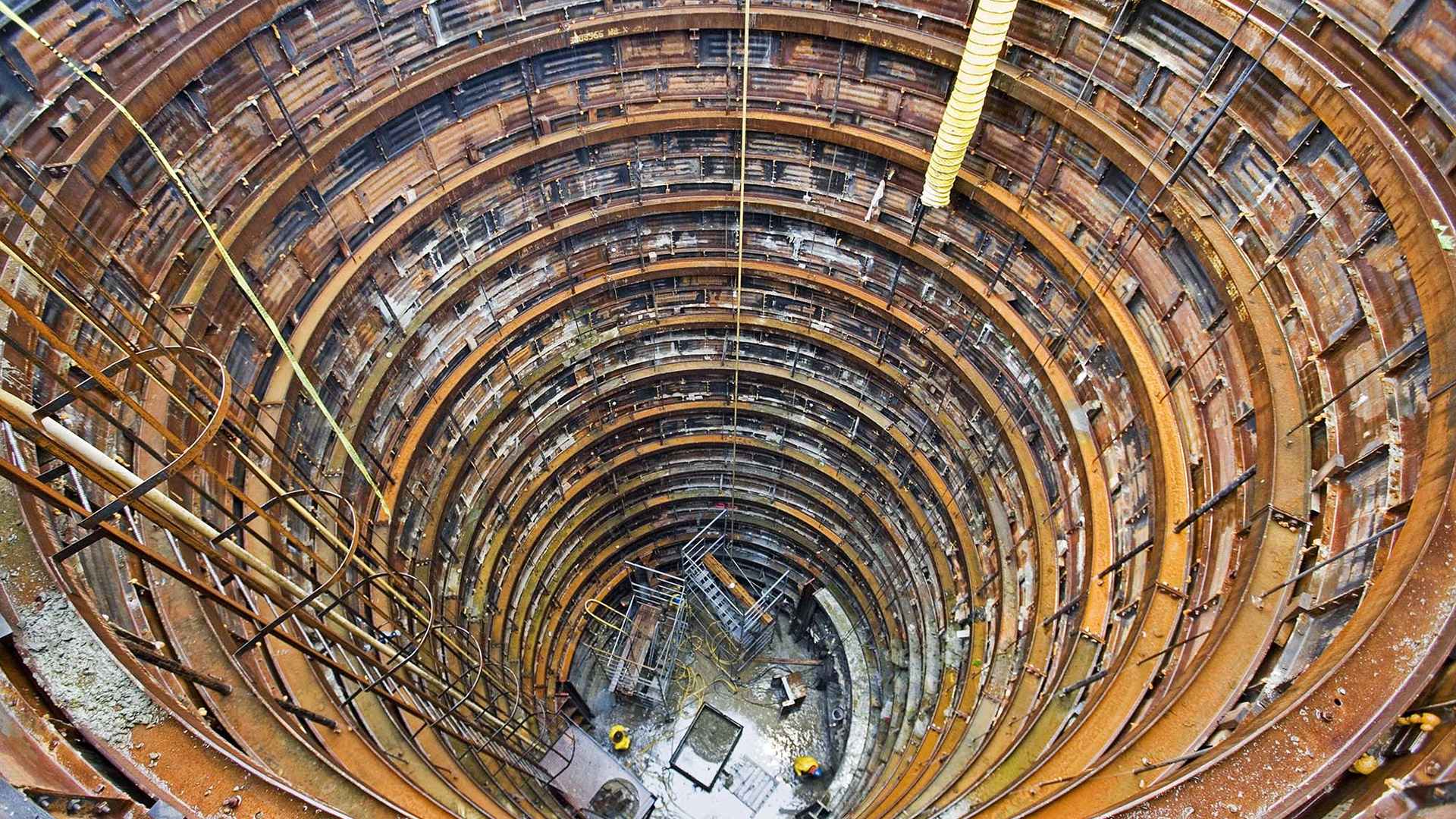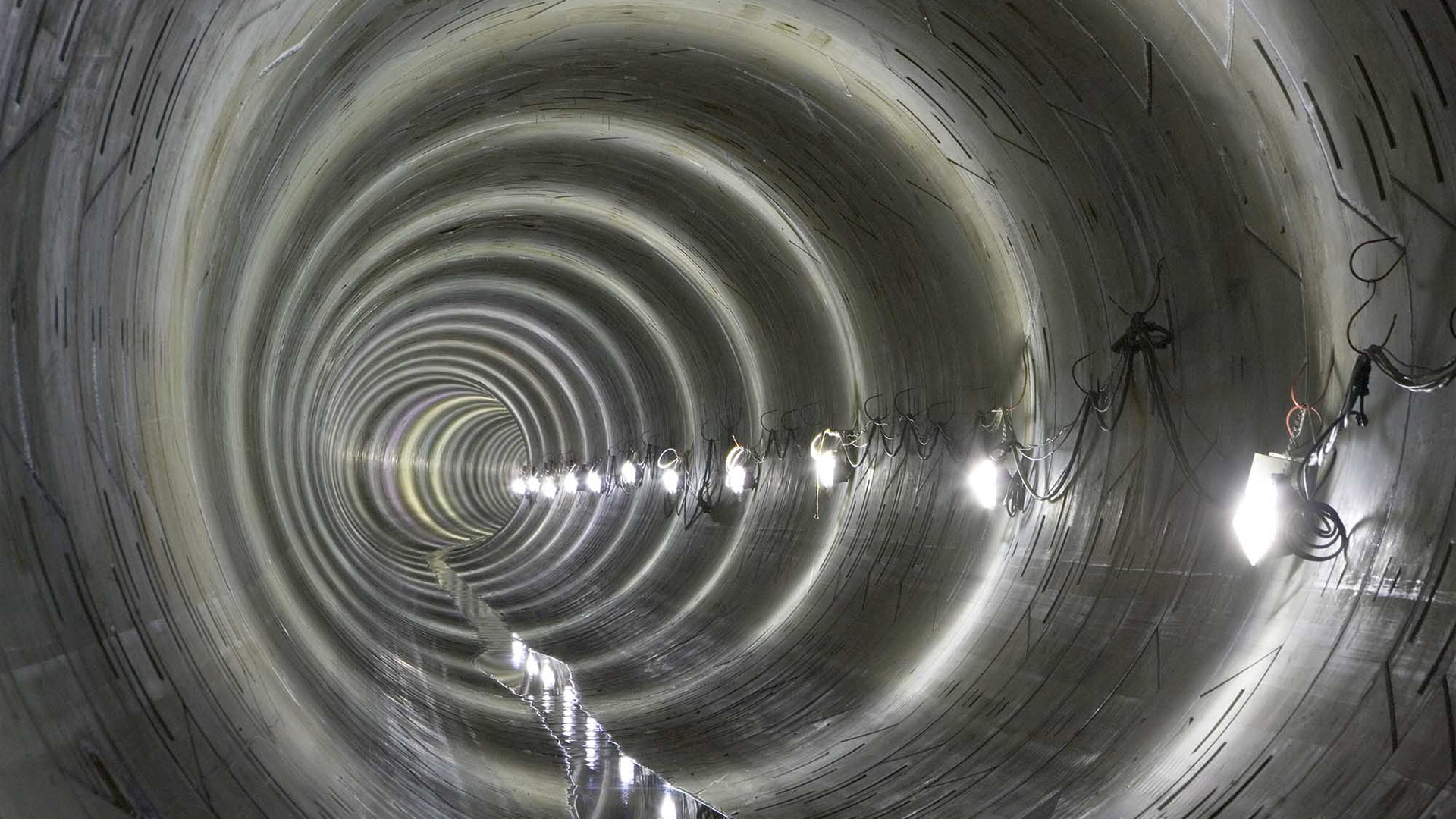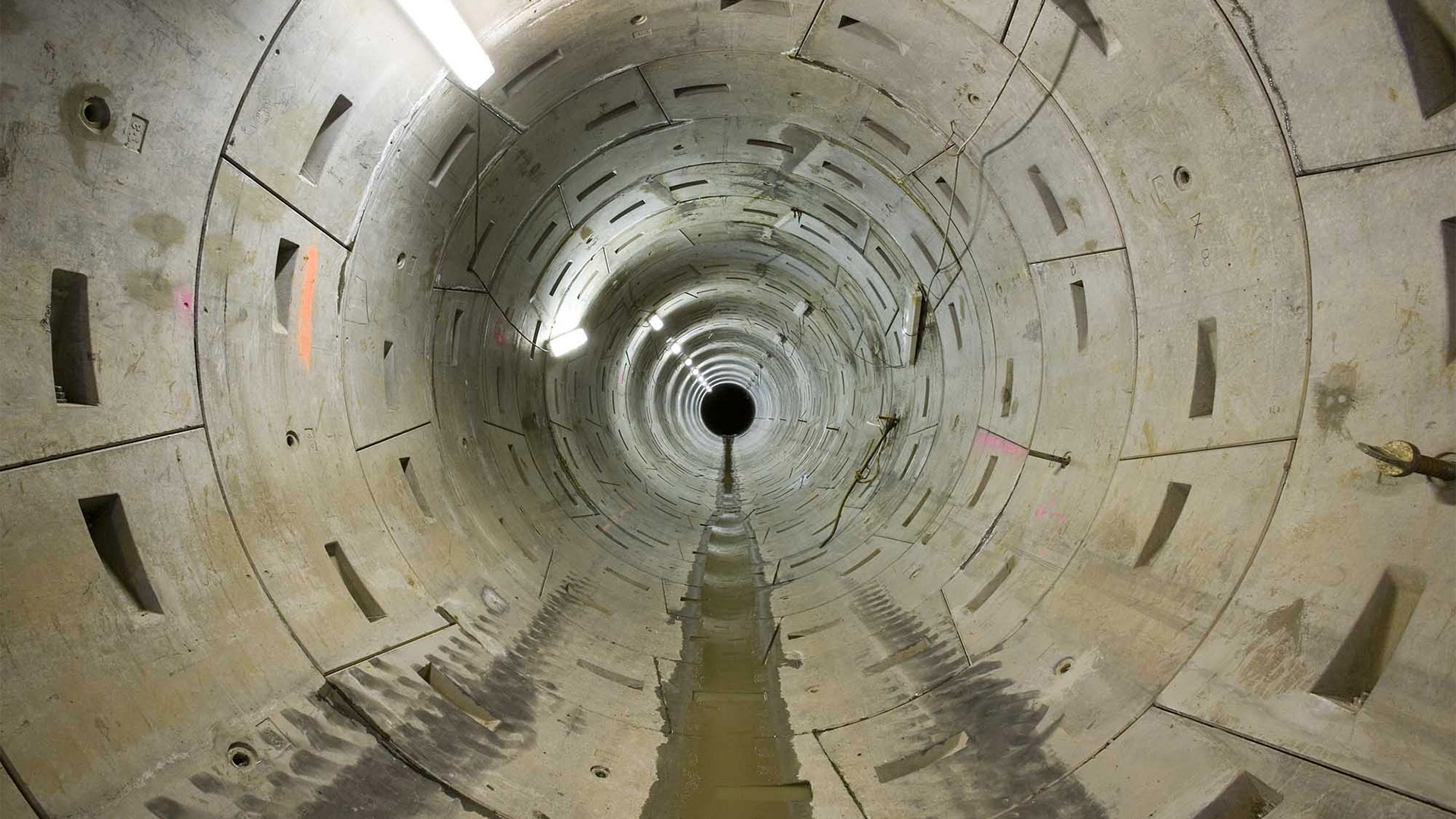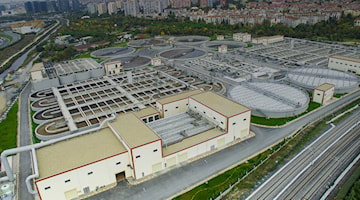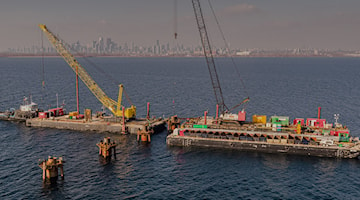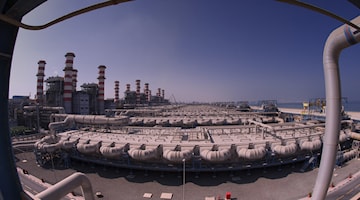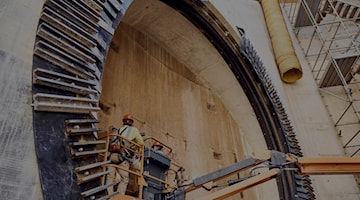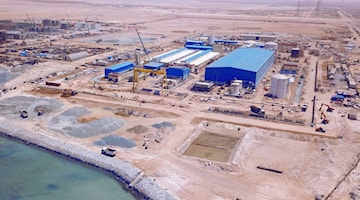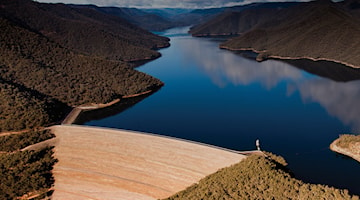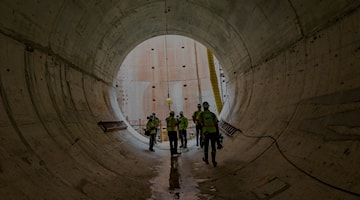One of the largest engineering projects in America
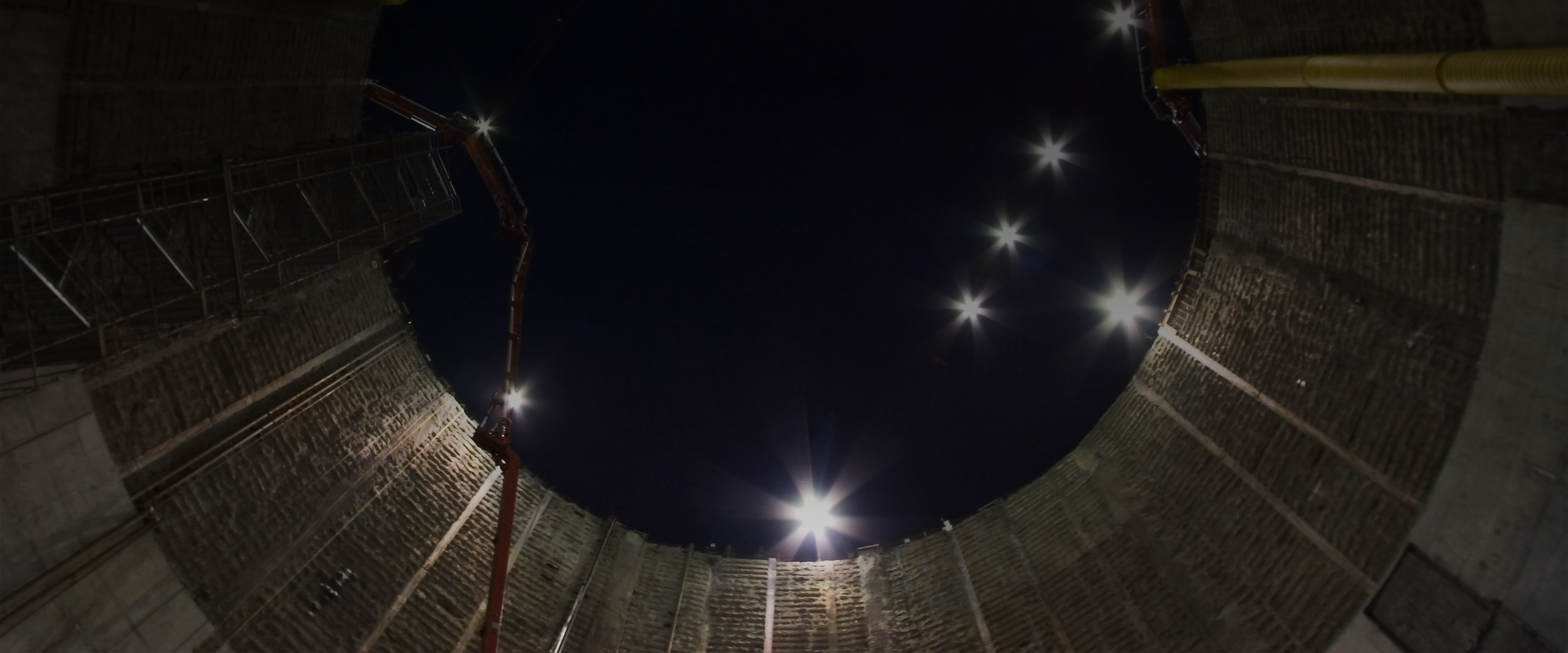
PORTLAND WEST SIDE CSO PROJECT, OREGON, USA
The oldest examples of sewers date back to 3000 BC and were found in the Indus Valley. The Etruscans and the Romans were both specialists in building underground sewage systems. In the Middle Ages, however, sewers were mostly open-air channels: nothing short of a paradise for the proliferation of viruses and bacteria such as Yersinia pestis, responsible for the Black Death that swept through Europe in the early 1300s, claiming some 20 million victims, or around a third of the population at the time. Luckily, America was discovered over a century later and since then - on a journey via the Old Wild West (which hardly smelled of roses), with its chamber pots, shared toothbrushes, and lack of indoor toilets and sewage pipes - society has come on in leaps and bounds.
Portland, for example - the largest city in Oregon, nestled between the Columbia and Willamette Rivers, in the shadow of Mount Hood - boasts a truly exceptional sewage system whose environmental sustainability is second to none. Its current high standard is the result of a 20-year plan initiated in 1990 by the city’s Environmental Services Office.
Works were focused particularly on the infrastructure near the Willamette River, which was overhauled and expanded to eliminate the risk of untreated sewage overflowing in the event of flooding from heavy rains. The combined construction of the 5.5km West Side Tunnel, a new main wastewater collection and storage system, a pumping station, five 40m-deep service shafts and a network of microtunnels resulted in what the American Society of Civil Engineers referred to as one of the country’s largest ever engineering projects, capable of reducing the amount of wastewater flowing into the Willamette River by approximately 94% and completely eliminating wastewater flows into the Columbia Slough.
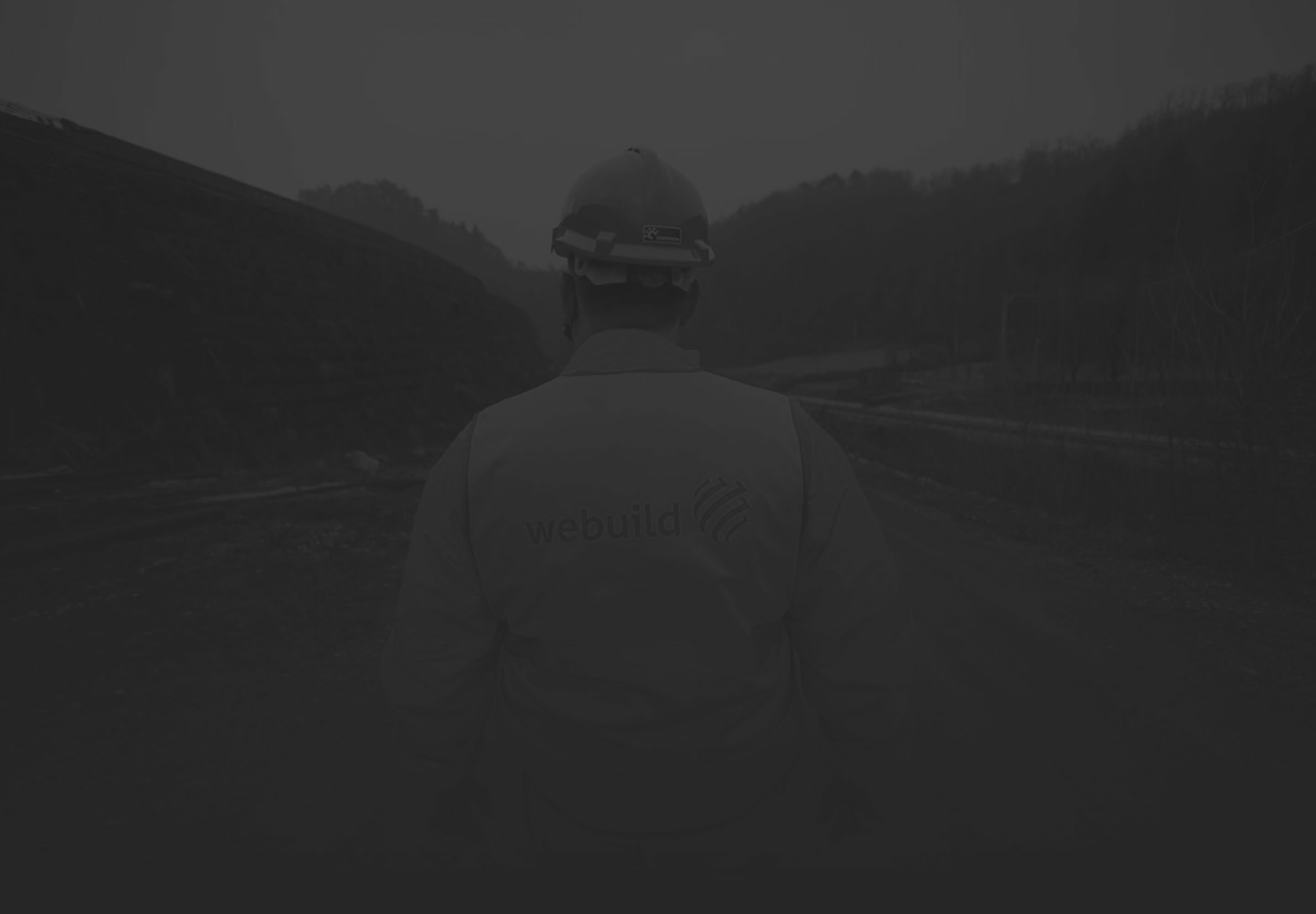
THE WORK AND THE TECHNIQUE
M3 VOLUME OF UNDERGROUND EXCAVATIONS (MAIN TUNNEL AND MICROTUNNELS)
M3 PREFABRICATED SEGMENTS USED TO LINE THE TUNNEL
M3 SHAFT EXCAVATION
M3 JET GROUTING
M2 DIAPHRAGM WALLS
M3 CONCRETE USED FOR PUMPING STATION
City of Portland - BES - Bureau of Environmental Services
Joint venture between Impregilo - now part of the Webuild Group - and Healy
The Portland West Side CSO project, commissioned by the City of Portland's Bureau of Environmental Services, involved the renovation and expansion of existing infrastructure with new tunnels and conduits
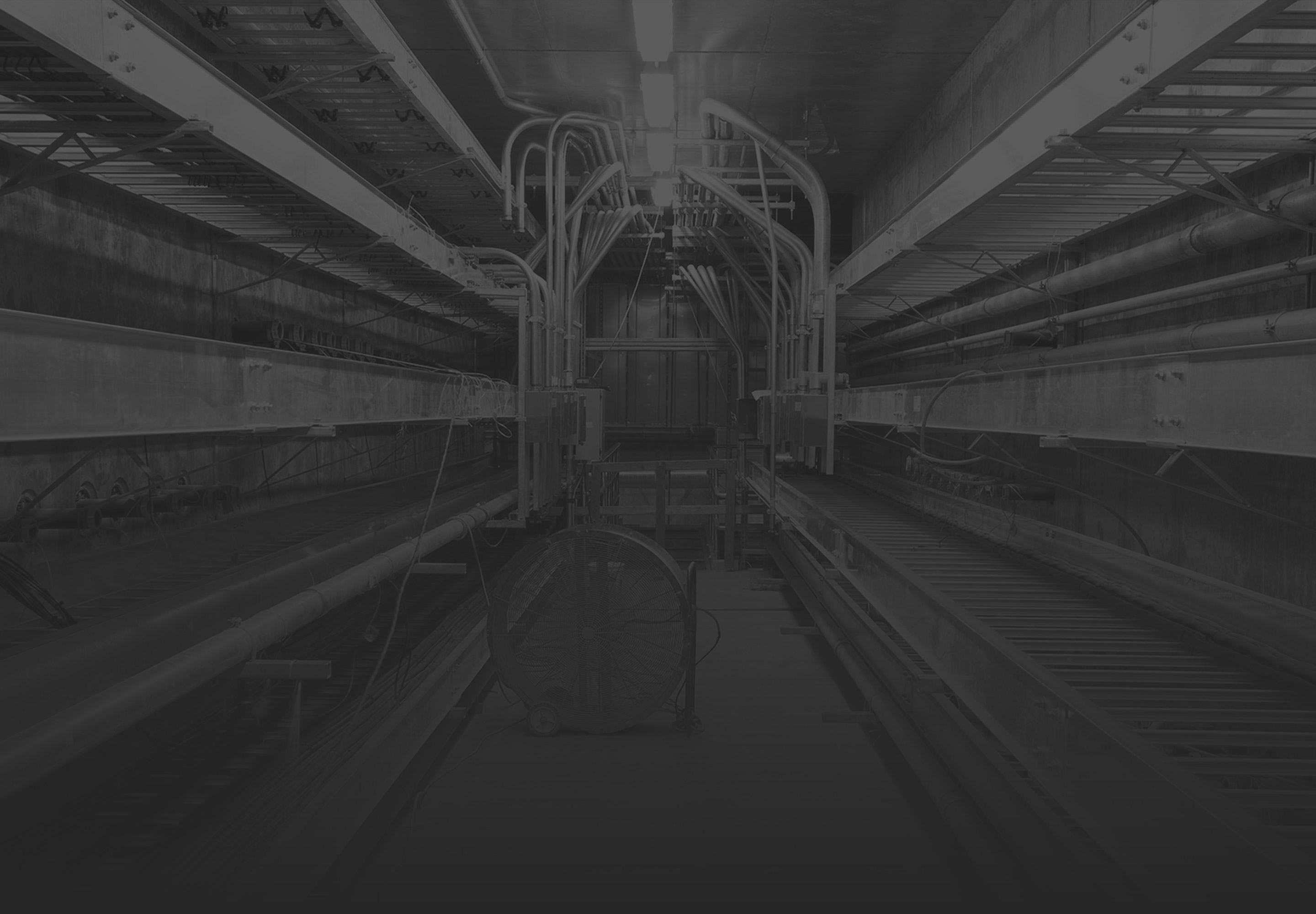
CULTURAL INSIGHTS

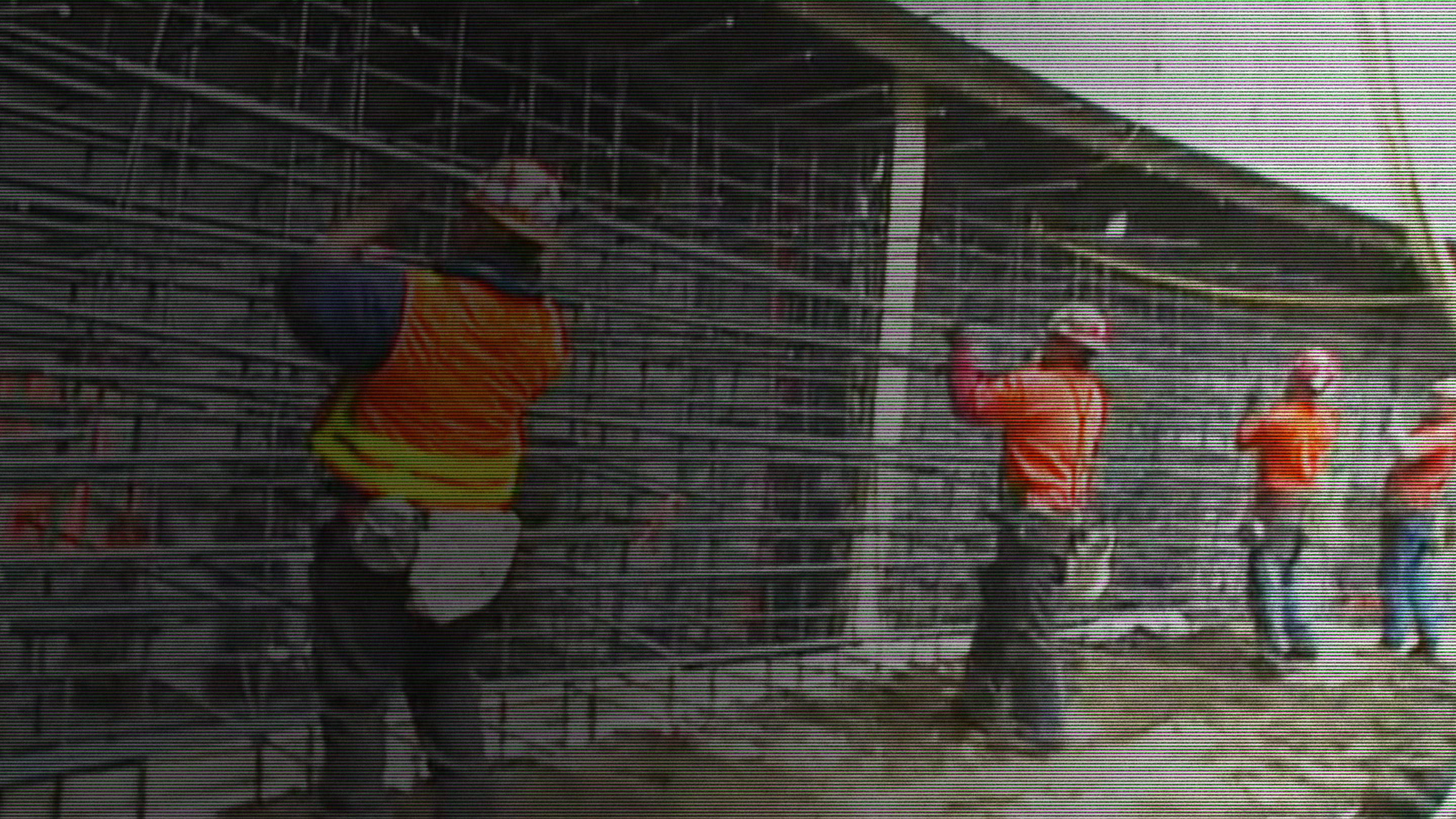
Challenges & Innovation in Tunneling:
Portaland's West Side CSO Project
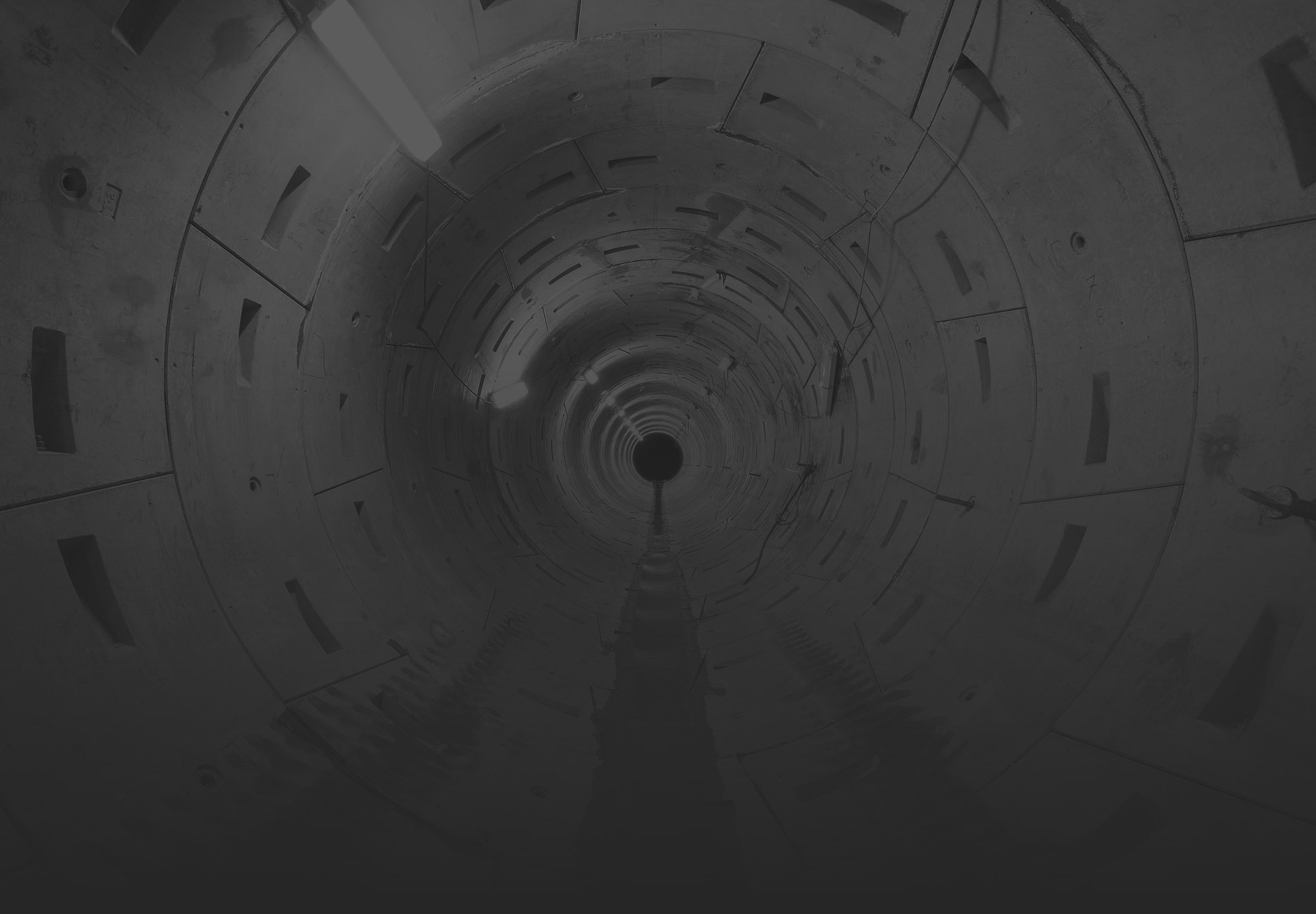
And it’s all thanks to ‘Big Pipes’
The overhaul of the city of Portland’s sewage system is a project with a significant environmental impact aimed at curbing the frequent flooding of its sewage pipes triggered by heavy rainfall (Portland is amongst the ten rainiest cities in the US, with 153 days of rainfall per year) and the knock-on effects on the Willamette River - the thirteenth-largest river by discharge - which crosses through the city and the state before flowing out into the Columbia, just a few miles downstream of the airport.
Prior to this, the Portland metropolitan area (with a population of over 2.5 million) was affected by the Willamette flooding an average of 50 times per year, whereas following the inauguration of ‘Big Pipes’ (the affectionate nickname for the CSO Project), this figure has gone down to a mere 3.33. There has also been a drop in the average duration of these incidents - from 42 hours down to 4 - and in the amount of water that overflows, falling from 22.7 million cubic metres to just 1.1 million.
In conjunction with the design and planting of green areas intended to absorb and filter rainwater, which have further relieved the strain on the sewage system, the efficient functioning of the network has made it possible to achieve several additional objectives: the total elimination of the inconveniences and dangers (consider the impacts on public transportation and road traffic in general) caused by recurring urban flooding and the significant reduction of the pollution in the Willamette River and the Columbia Slough, which was previously caused by the sewage, waste and debris making their way into the two watercourses.





